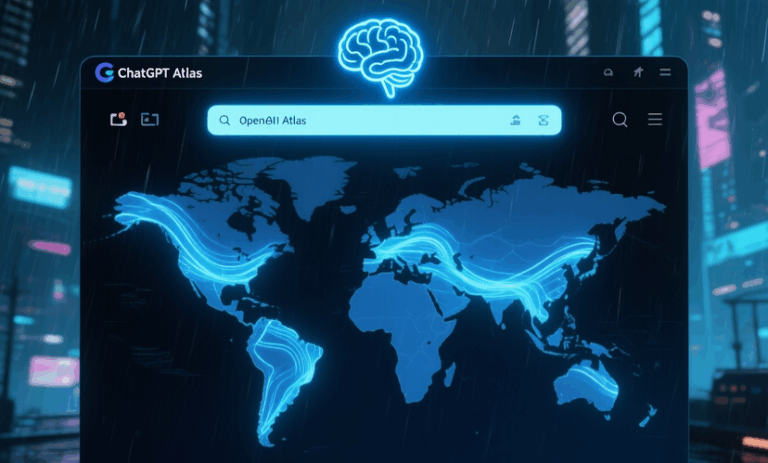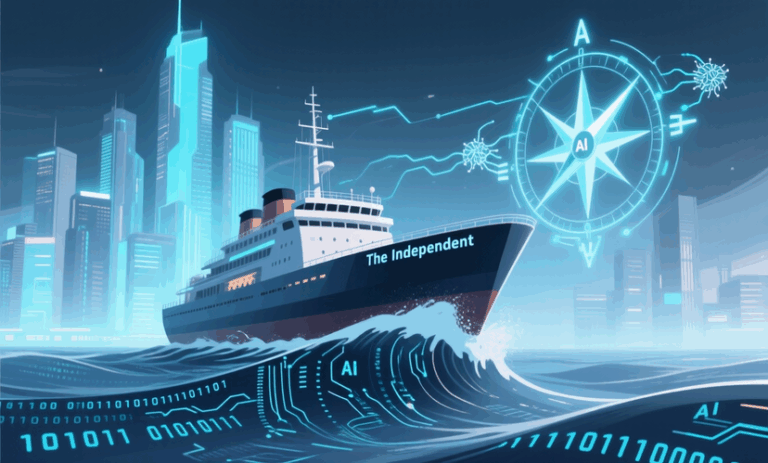
HoYoVerse’s announcement to retire Genshin Impact on the PlayStation 4 marks a significant transition for the game’s community and the wider gaming world. As the PS4 version prepares to be delisted, this decision highlights the increasing challenges developers face in supporting legacy hardware amid rapid technological advancement. Fans who have invested countless hours into the game on this platform will undoubtedly feel the impact, especially as in-game purchases and updates cease.
From a development perspective, maintaining multiple versions of a live service game across diverse platforms becomes increasingly resource-intensive. The PS4 is nearing the end of its lifecycle with Sony’s focus shifting heavily towards the PlayStation 5. HoYoVerse likely aims to optimize its efforts on newer, more capable hardware that better supports updated content, improved graphics, and smoother gameplay. This strategic shift, although disappointing for some, is a natural progression as the gaming ecosystem evolves.
For those who continue to use the PS4, this move raises concerns about accessibility and the longevity of their gaming experience. The end of official support means no new patches or events, potentially leaving players stuck with an outdated version of the game. It also questions how much consideration is given to players who may not have upgraded to newer consoles yet. This situation is a reminder of the inherent fragility in digital games as services, where access can be curtailed with platform changes.
On the flip side, this closure may push the Genshin Impact community to embrace platforms with more robust support, such as PC, mobile, and PS5. It also underscores a broader industry trend where older consoles receive diminishing attention as developers funnel their resources into enriching experiences on the latest hardware. Players may benefit from new features, greater performance, and ongoing content that older systems simply cannot sustain.
Ultimately, the end of Genshin Impact on PS4 is emblematic of the constant balance between preserving player accessibility and advancing gaming technology. While it may be an inconvenient change for some, it reflects a natural cycle in gaming where older platforms eventually give way to new horizons. This moment invites us all to reflect on how digital gaming experiences age and how players and developers navigate the shifting sands of platform relevance.



